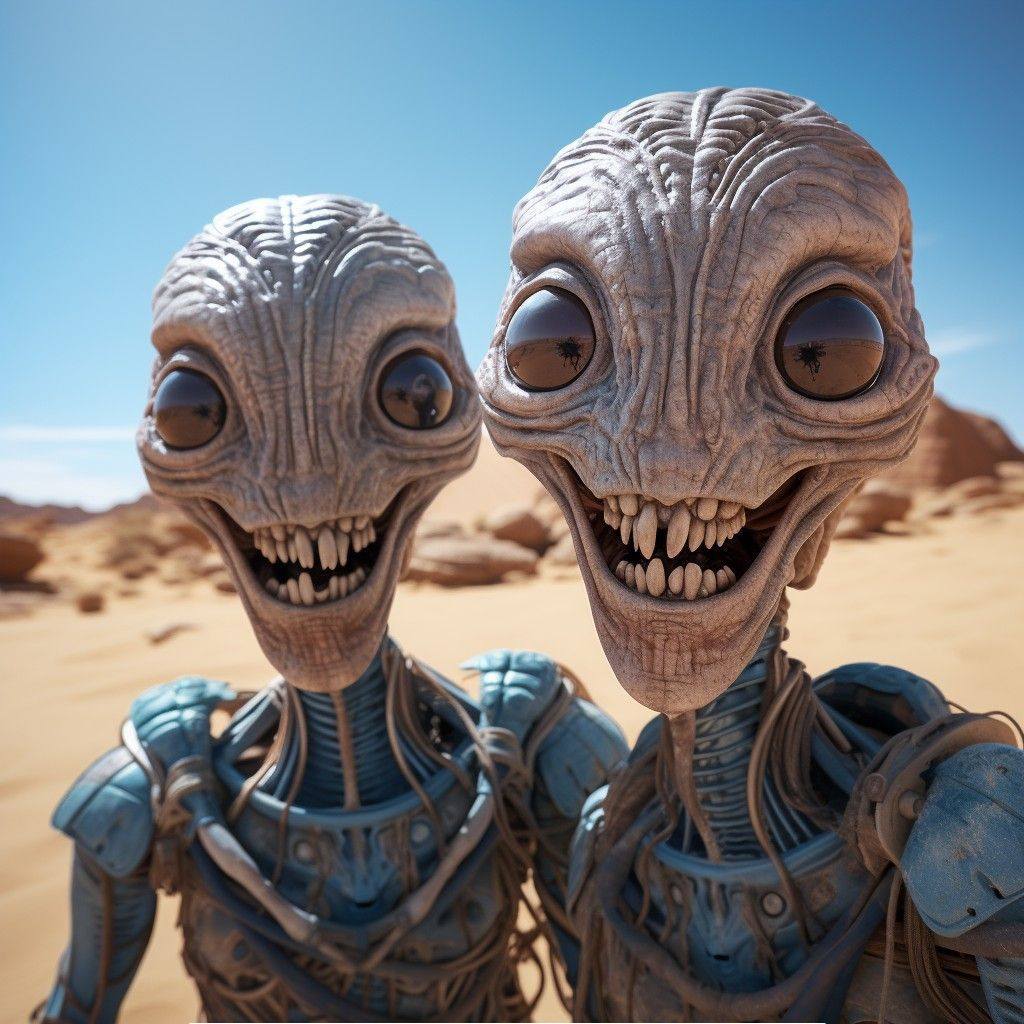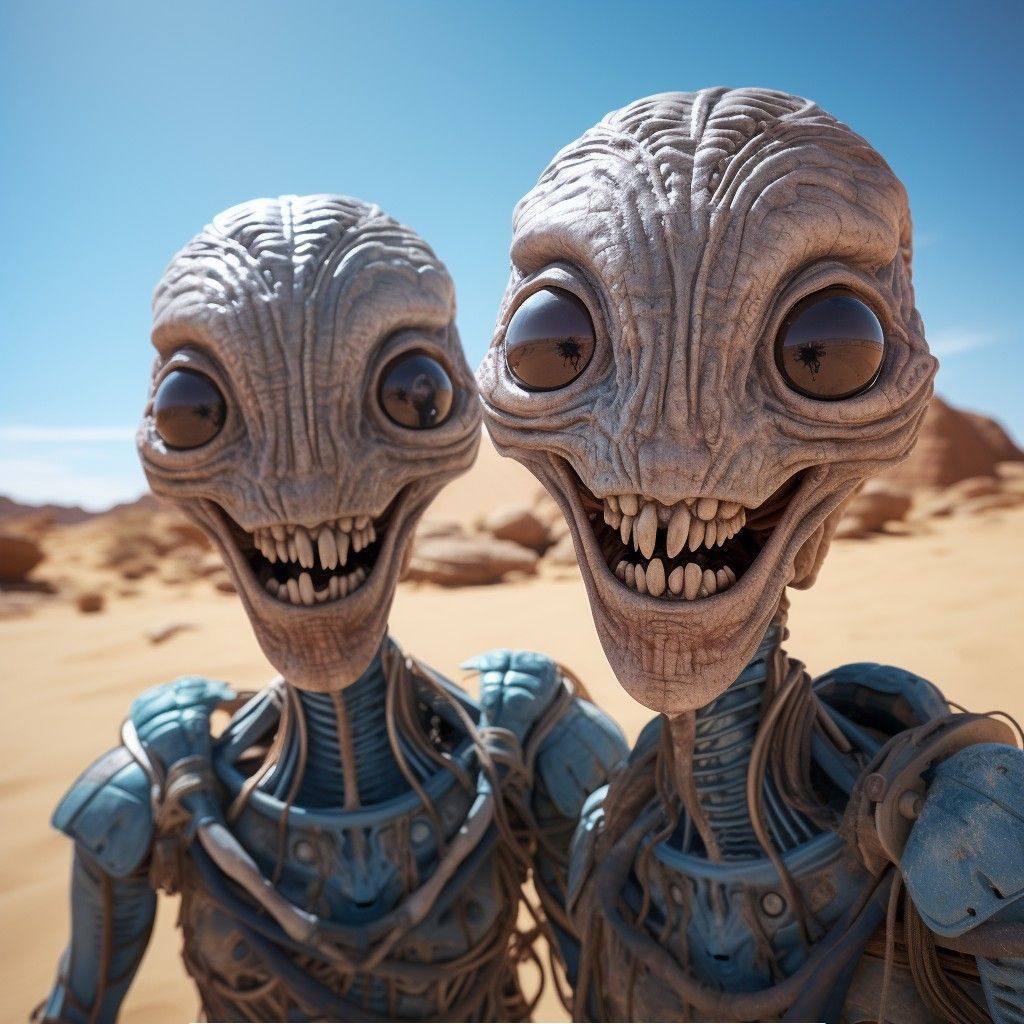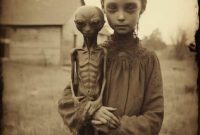The curiosity about extraterrestrial life has always been a driving force behind humanity’s fascination with the unknown. One of the intriguing questions that arise when pondering the appearance of aliens is whether they possess dental features similar to ours. In this exploration, we delve into the concept of extraterrestrial dental morphology and whether aliens may have pointy teeth akin to humans.

Understanding Extraterrestrial Physiology: Before delving into the specifics of extraterrestrial dental features, it’s essential to consider the broader aspects of alien physiology. While the depiction of aliens in popular culture varies widely, ranging from humanoid to vastly different forms, there are certain principles that scientists often consider when speculating about extraterrestrial life. Factors such as the environment in which aliens evolved, their dietary habits, and evolutionary pressures shape their physical characteristics, including their dental structure.
The Role of Dental Morphology in Evolution: In terrestrial organisms, dental morphology is often a reflection of evolutionary adaptation to diet and ecological niche. For example, carnivores typically possess sharp, pointed teeth suited for tearing flesh, while herbivores have flat, grinding teeth adapted for chewing vegetation. The diversity of dental structures across species underscores the importance of diet in shaping evolutionary trajectories.
Speculating About Alien Dental Features: Given the diversity of potential alien environments and evolutionary paths, it’s conceivable that extraterrestrial beings may possess a wide range of dental morphologies. In environments where predation is prevalent, aliens may have developed sharp, pointed teeth similar to those of carnivorous animals on Earth. Alternatively, in herbivorous or omnivorous alien species, dental structures optimized for grinding or crushing plant matter may be more common.
The Influence of Cultural Depictions: It’s worth noting that the portrayal of aliens in popular culture often reflects human imagination rather than scientific plausibility. While pointy teeth are a common feature in depictions of menacing or monstrous aliens, such portrayals are rooted in artistic license rather than scientific evidence. As our understanding of astrobiology evolves, it’s essential to approach speculation about alien morphology with a critical eye, considering the limitations of our knowledge and the diversity of potential life forms in the universe.
While the question of whether aliens have pointy teeth like humans remains speculative, it serves as a fascinating thought experiment that highlights the complexities of astrobiology and the diversity of potential life forms in the cosmos. As humanity continues to explore the universe and search for signs of extraterrestrial life, questions about the appearance and physiology of aliens will undoubtedly persist. By approaching these questions with scientific rigor and an open mind, we can expand our understanding of the universe and the myriad forms of life that may exist beyond our planet.




